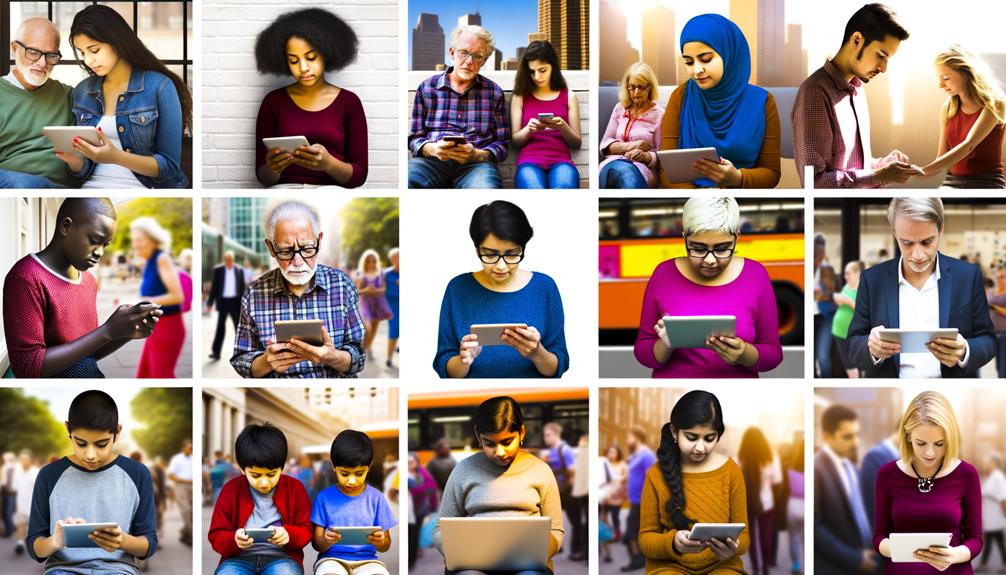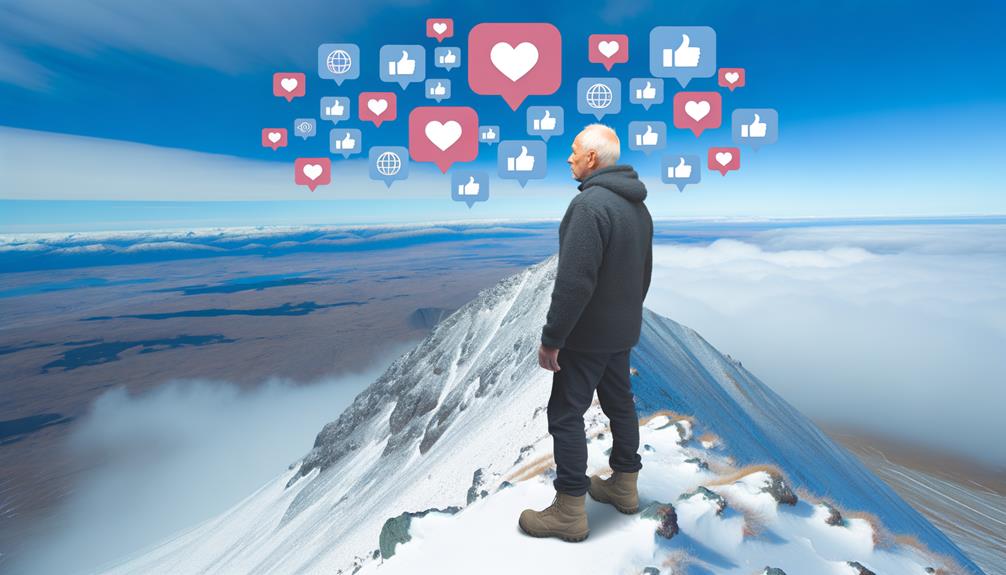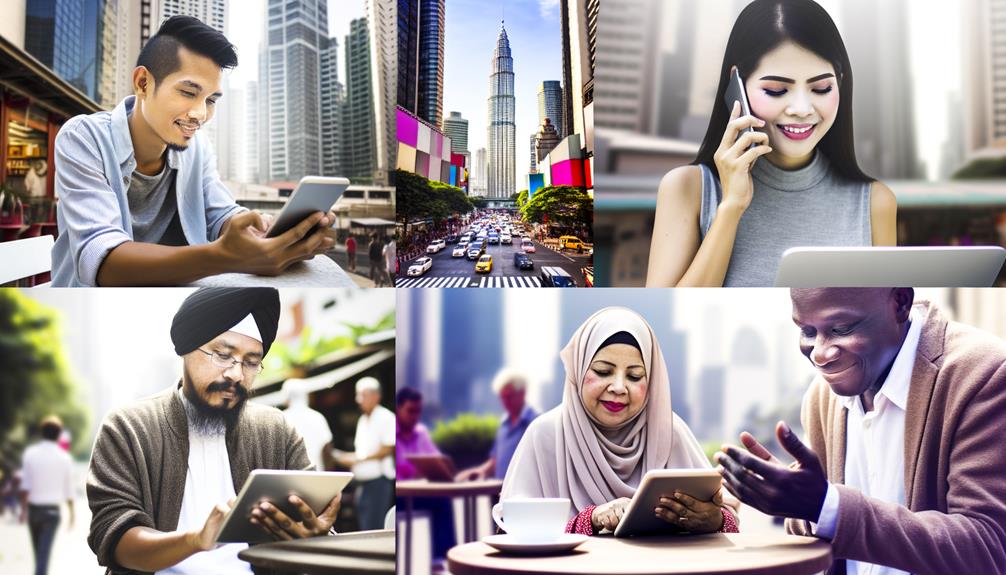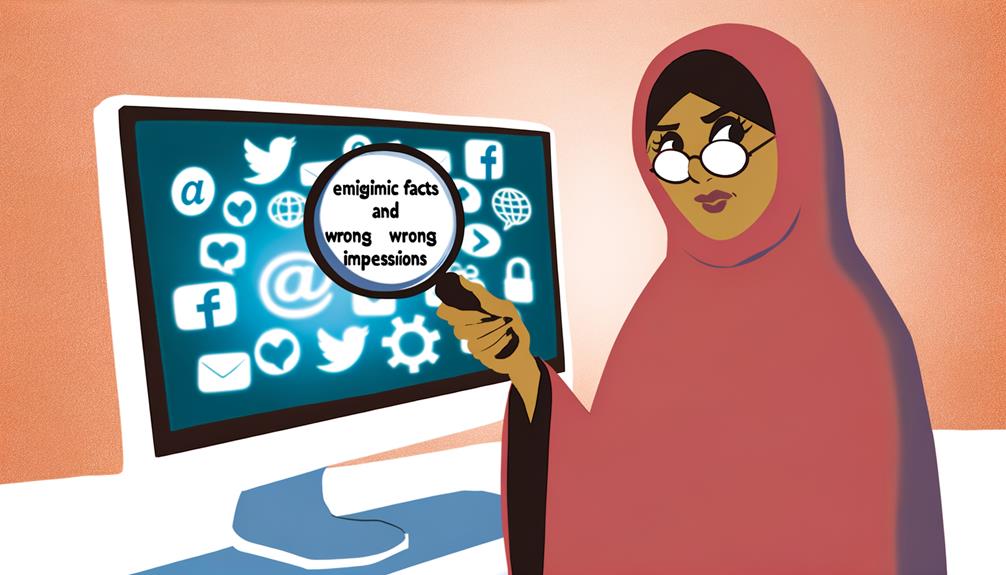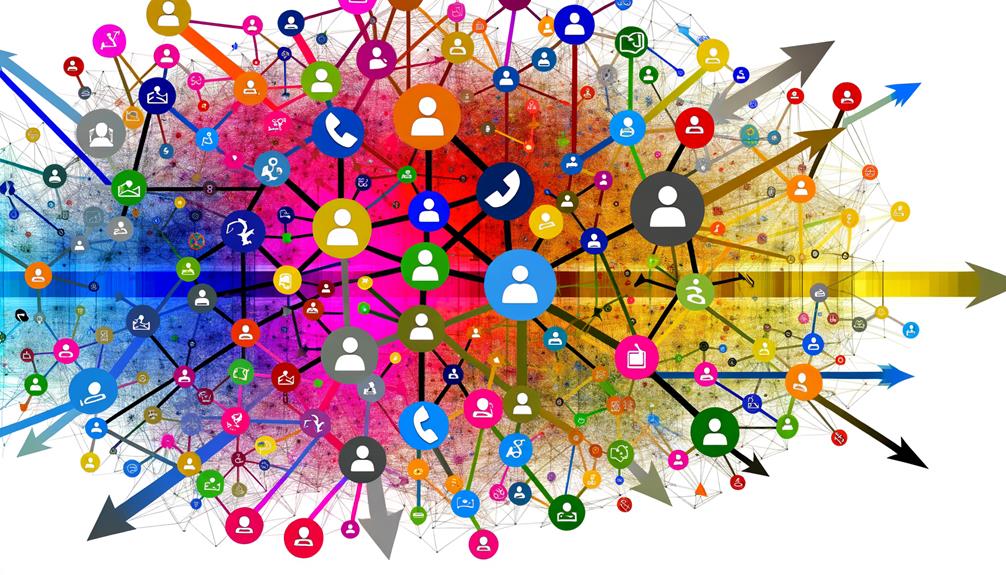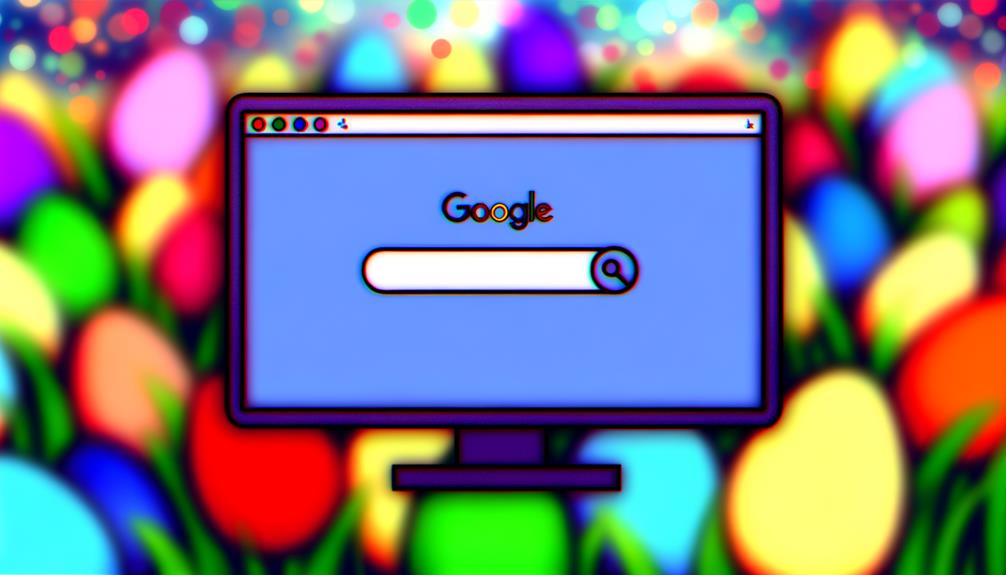In a world where social media connects individuals across continents, consider how a viral dance trend originating in South Korea can swiftly captivate audiences worldwide. The digital age has redefined how cultures interact and merge, blurring traditional boundaries.
As you navigate the complexities of this cultural fusion, ponder the implications of virtual communities on shaping modern identities. What challenges arise when digital platforms become the primary arena for cross-cultural interactions?
Stay tuned to explore the intricate dynamics of cultural integration in an increasingly interconnected world.
Impact of technology on cultural exchange
In today’s interconnected world, technology facilitates the rapid exchange of cultural ideas and practices. Through social media platforms, video conferencing, and instant messaging, people can easily connect with individuals from different cultural backgrounds. This digital transformation has significantly impacted how cultures interact and learn from each other.
You now have the ability to explore diverse cuisines, traditions, and beliefs without leaving your home. Platforms like YouTube and Instagram allow you to immerse yourself in the daily lives of people from various parts of the world. By watching cooking tutorials, travel vlogs, or cultural performances online, you can gain a deeper understanding and appreciation for different ways of life.
Moreover, technology has enabled real-time communication with individuals across the globe. You can engage in live video chats, participate in virtual events, and join online forums to interact with people from diverse cultural backgrounds. This instant connection fosters cross-cultural friendships and collaborations, breaking down barriers that once hindered cultural exchange. Embrace the opportunities technology offers to expand your cultural horizons and connect with others in ways never before possible.
Virtual communities and cross-cultural connections
With the rise of virtual communities, individuals can effortlessly forge meaningful cross-cultural connections from the comfort of their own homes. These digital platforms provide a space where people from diverse backgrounds can come together, share experiences, and learn from one another. Through online forums, social media groups, and virtual events, you can interact with individuals from different cultures, breaking down geographical barriers and fostering understanding.
Virtual communities offer a unique opportunity to engage with people you might never have had the chance to meet otherwise. By participating in discussions, joining interest-based groups, or collaborating on projects with individuals from around the globe, you can gain valuable insights into different customs, traditions, and ways of thinking. These interactions not only broaden your perspectives but also help cultivate empathy and appreciation for cultural diversity.
In today’s digital age, virtual communities serve as bridges that connect individuals across borders, promoting cross-cultural communication and collaboration in ways that were previously unimaginable. Embrace the opportunities these platforms offer to build meaningful relationships and deepen your understanding of the world around you.
Challenges of digital cultural assimilation
Navigating the complexities of digital cultural assimilation can present unique challenges in today’s interconnected world. One of the primary obstacles is the language barrier, as online interactions often require proficiency in the dominant language used on the digital platform. This can lead to misunderstandings, misinterpretations, and feelings of exclusion for individuals whose native language differs. Additionally, cultural norms and values vary widely across different regions, making it challenging to find common ground and establish meaningful connections in a virtual environment.
| Challenges of Digital Cultural Assimilation |
|---|
| Language barriers |
| Differing cultural norms and values |
| Stereotypes and prejudices |
| Limited access to technology |
| Balancing online and offline identities |
Overcoming these challenges requires open-mindedness, empathy, and a willingness to learn about and respect the cultural differences of others. By actively engaging with individuals from diverse backgrounds, seeking out educational resources, and fostering a sense of community and inclusivity, you can navigate the complexities of digital cultural assimilation more effectively.
Identity formation in online spaces
Developing a strong sense of self in digital environments is crucial for navigating the complexities of online interactions. In the online world, you have the opportunity to curate your identity, presenting different facets of yourself to various audiences. This process of identity formation in online spaces can be empowering as you explore different aspects of your personality and interests.
However, it’s essential to remember that the digital realm can also pose challenges to your sense of self. The anonymity and distance provided by online interactions may lead to feelings of disconnection or even the temptation to present a false version of yourself. It’s important to stay true to your values and beliefs while engaging with others online.
As you navigate the digital landscape, take the time to reflect on how your online presence aligns with your authentic self. By being mindful of your digital identity formation, you can cultivate a strong sense of self that empowers you to engage meaningfully with others in online spaces.
Future trends in digital cultural integration
Embracing technological advancements, you can anticipate a shift towards deeper cross-cultural interactions in the digital sphere. As we look ahead to the future of digital cultural integration, several trends are poised to shape this landscape:
- Virtual Reality (VR) Experiences: Expect an increase in immersive cultural experiences through VR technology, allowing individuals to explore different cultures as if they were physically present.
- AI-Powered Language Translation: AI advancements will enhance real-time language translation capabilities, breaking down language barriers and facilitating smoother cross-cultural communication.
- Augmented Cultural Education: Augmented reality tools will revolutionize cultural education by offering interactive and engaging ways to learn about diverse traditions, customs, and histories.
- Online Cultural Exchange Platforms: The rise of specialized online platforms will foster global cultural exchange, connecting individuals from various backgrounds to share knowledge, experiences, and traditions in a virtual environment.
These trends are set to redefine how we engage with and appreciate different cultures in the digital age, paving the way for a more interconnected and culturally enriched society.
Conclusion
As you navigate the digital landscape, remember that cultural integration isn’t just about sharing memes and emojis. Embrace the opportunity to connect with diverse virtual communities and engage in meaningful cross-cultural exchanges.
Your online presence shapes your identity and influences how you perceive others. Stay curious, open-minded, and respectful in this digital age of cultural exploration.
The future of digital cultural integration is in your hands – seize it with enthusiasm and empathy.



